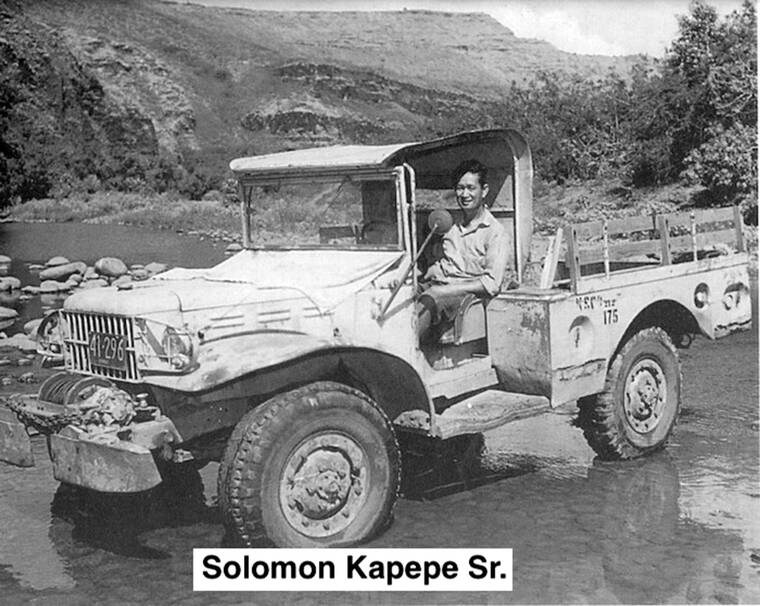When Kekaha Sugar Co. was formed in 1898 with Hans Peter Faye as its manager, his ambition was to tap the mountainous headwaters of the Waimea River with an irrigation system that would transport water many miles downstream to his plantation’s thirsty sugarcane fields on the plain between Waimea and Polihale.
Yet expert engineers of the time laughed while telling him his aspiration was an “engineering impossibility.”
But Faye was undeterred.
In April 1906, under Faye’s direction, work commenced on the construction of a watercourse that would achieve his aim.
Overseeing construction was civil engineer J.S. Molony, who would employ some 600 Japanese and Korean tunnelers, masons, mechanics, explosives men and laborers to complete work on a 25-mile-long waterway, over nearly impassable terrain, through a complex network of pipelines, tunnels, siphons and ditches in just over 14 months.
The Waimea and Waiawa hydropower plants were later constructed along its course to supply electric power for Kekaha Sugar Co.
Kekaha Ditch, an engineering marvel, is still in operation, providing agricultural irrigation water and hydroelectric power to customers west of the Waimea River.
During the intervening years, Solomon Kapepe Sr. tended the Kekaha Ditch for 29 years before retiring from Kekaha Sugar Co. in 1957.
He and his wife, Rachel Kapepe, resided by the Waimea Hydropower Plant located 6.5 miles and nine river-crossings above Waimea, and made only one or two trips a month into Waimea town.
Ben Simpliciano, Mike Tambio and Vance Ignacio are the present ditch-men.
Each has spent more than 50 years operating and maintaining ditch systems, and Simpliciano, like Solomon and Rachel Kapepe, lived deep in the valley for about 30 years.
The Dusenberry ‘ohana, whose residences at the end of Menehune Road occupy the entryway into the interior of Waimea Valley and the Kekaha Ditch, have been Kekaha Ditch gatekeepers for many years.
Mike Faye, a grandson of Hans Peter Faye, manages Kekaha Ditch for the Kekaha Agricultural Association (KAA), while various construction workers, machine operators, electronic technicians and Lord’s Electric maintain the ditch on contract to KAA.
•••
Hank Soboleski has been a resident of Kauai since the 1960s. Hank’s love of the island and its history has inspired him, in conjunction with The Garden Island Newspaper, to share the island’s history weekly. The collection of these articles can be found here: https://bit.ly/2IfbxL9 and here https://bit.ly/2STw9gi Hank can be reached at hssgms@gmail.com


